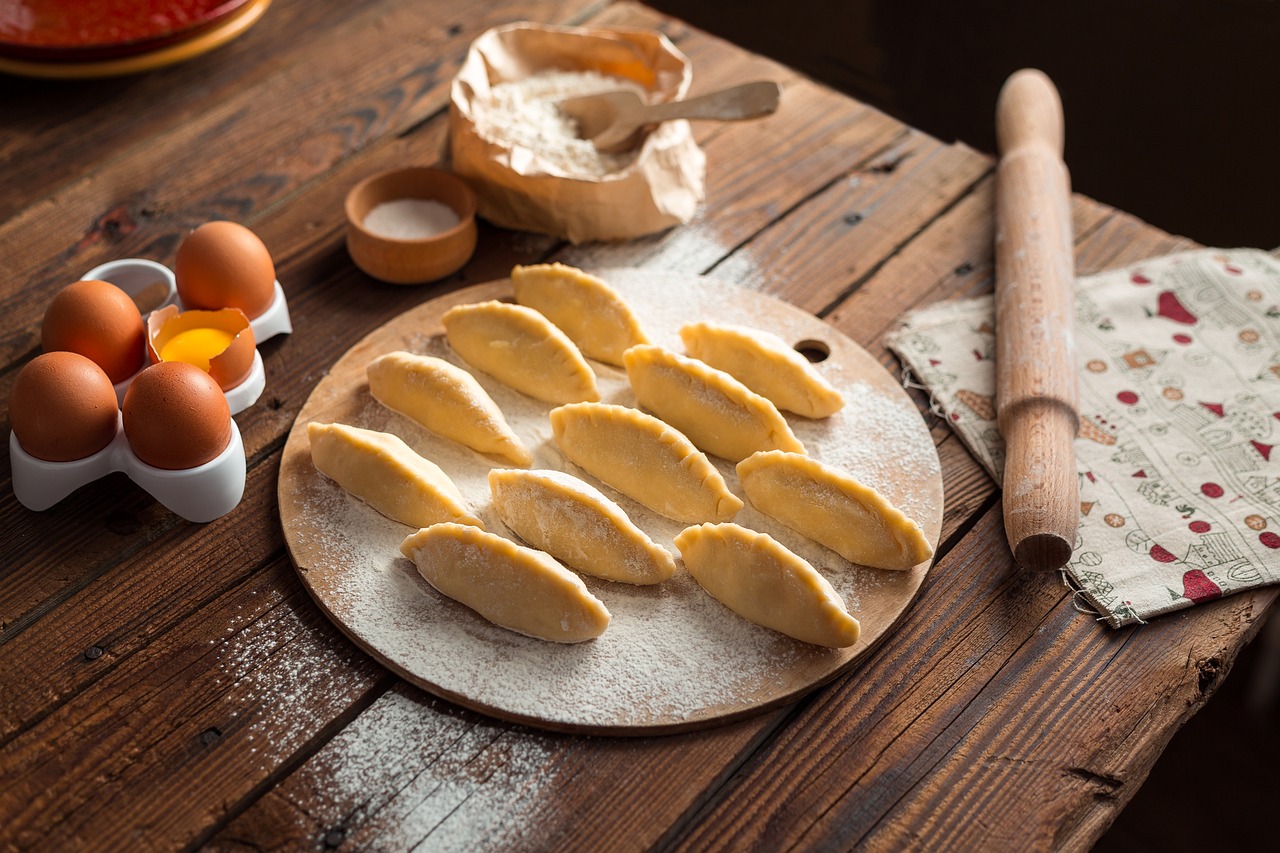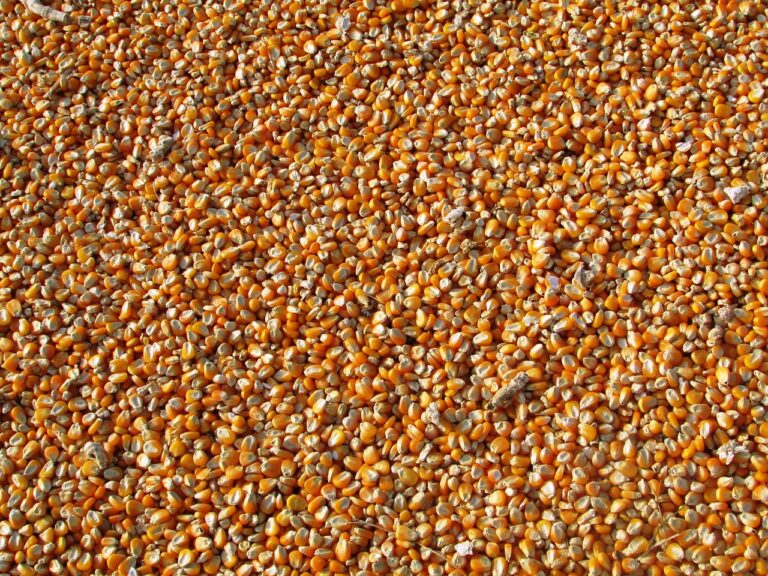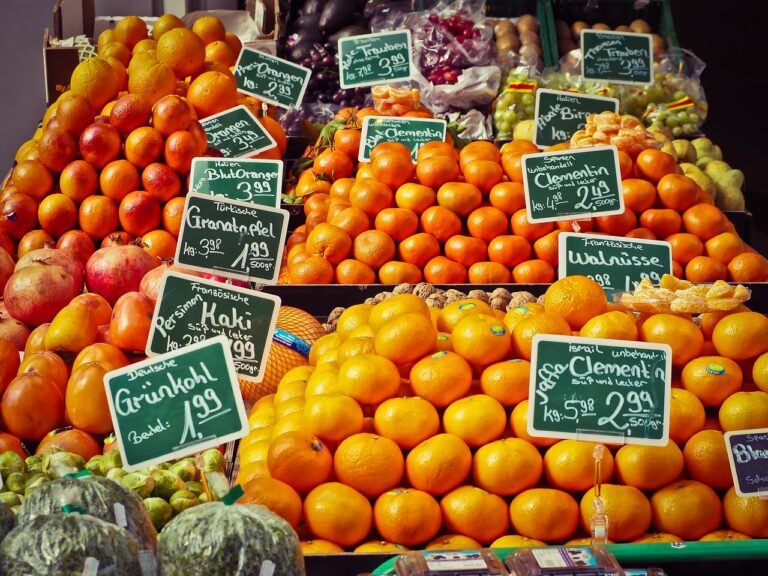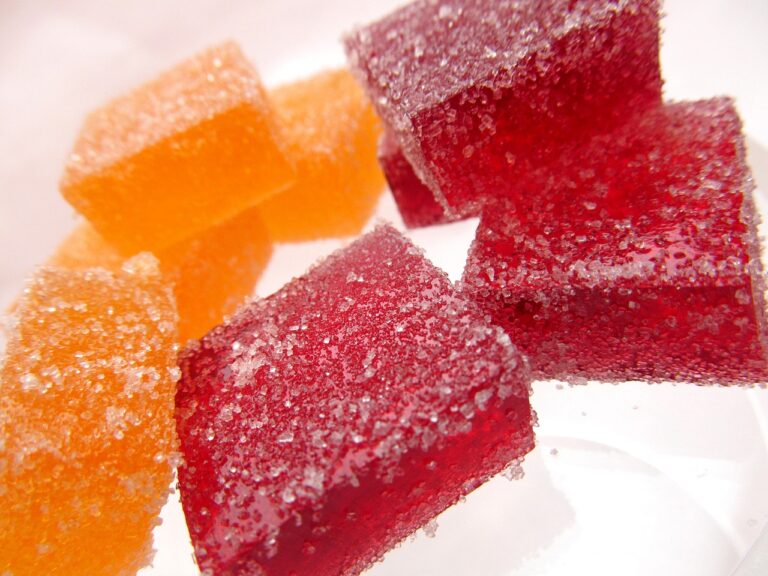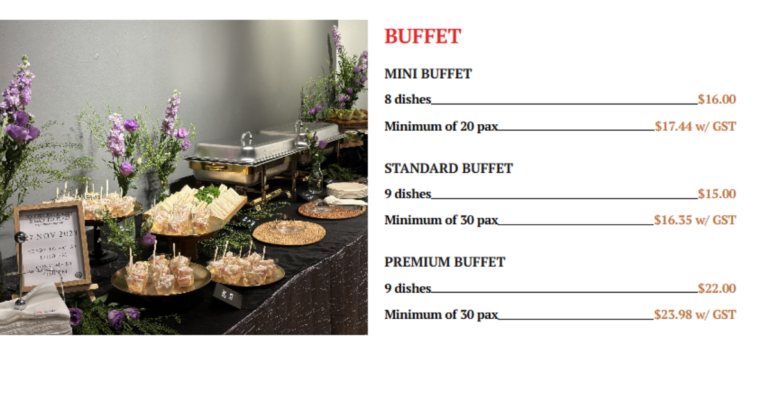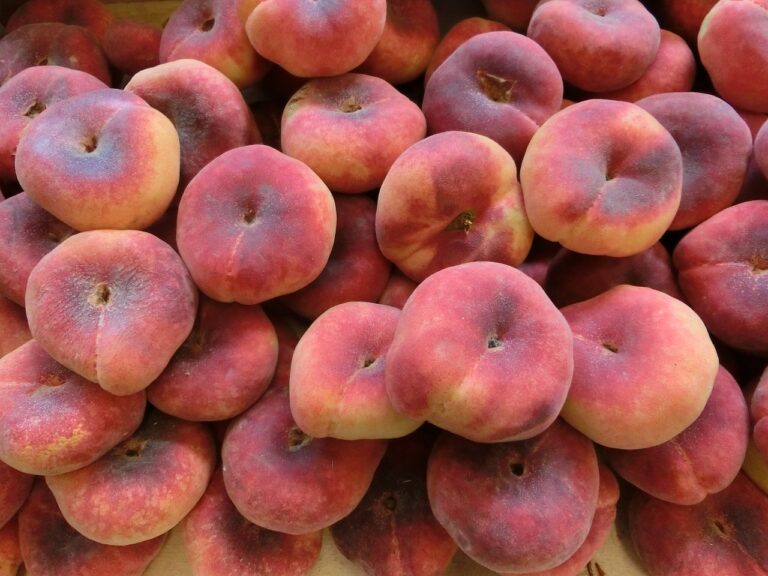Innovations in Food Preservation: Extending Shelf Life and Reducing Waste
Food packaging technology has evolved rapidly in recent years, introducing innovative solutions to enhance the shelf life and quality of food products. One key advancement is the development of active packaging materials that actively interact with the food to extend its freshness and prevent spoilage. These materials can incorporate oxygen scavengers, antimicrobial agents, or moisture absorbers to create a controlled environment within the packaging.
Additionally, advancements in intelligent packaging have enabled real-time monitoring of food freshness and quality. Smart sensors embedded in packaging can detect changes in temperature, humidity, or gas levels, providing valuable data to both manufacturers and consumers. This technology helps to ensure that food products remain safe and maintain their optimal condition throughout the supply chain.
Emerging Trends in Food Preservation Methods
Food preservation methods have seen notable advancements in recent years with the rise of novel techniques aimed at extending the shelf life of food products. One emerging trend involves the use of high-pressure processing (HPP) to deactivate harmful bacteria and enzymes without compromising the nutritional value or flavor of the food. This non-thermal preservation method is particularly effective for perishable products such as ready-to-eat meals and fresh juices.
Another promising trend in food preservation is the adoption of active packaging technology. Through the incorporation of antimicrobial agents or oxygen scavengers into the packaging material, active packaging helps inhibit microbial growth, delay oxidation, and maintain product freshness for a longer duration. This innovative approach not only enhances food safety but also reduces the need for artificial preservatives, aligning with the growing consumer demand for minimally processed and clean label products.
Benefits of Extending the Shelf Life of Food Products
Extending the shelf life of food products offers numerous advantages for both consumers and producers. For consumers, longer shelf life means reduced food waste and the ability to stock up on essentials without the fear of items expiring quickly. This can lead to cost savings and increased convenience in meal planning and preparation.
For producers, extending shelf life can result in a more efficient supply chain, as products do not need to be rotated out as frequently. This can help reduce overall production costs and minimize losses due to perishable items going bad before being sold. Additionally, longer shelf life can open up new markets by allowing products to be shipped over longer distances without the risk of spoilage, expanding the reach of a brand.
What are some advancements in food packaging technology?
Some advancements in food packaging technology include the use of vacuum packaging, modified atmosphere packaging, and smart packaging with sensors to monitor food quality.
What are some emerging trends in food preservation methods?
Some emerging trends in food preservation methods include high-pressure processing, cold plasma technology, and edible coatings that extend the shelf life of food products.
What are the benefits of extending the shelf life of food products?
Extending the shelf life of food products can help reduce food waste, improve food safety, and increase convenience for consumers by allowing them to store food for longer periods of time without spoilage.

